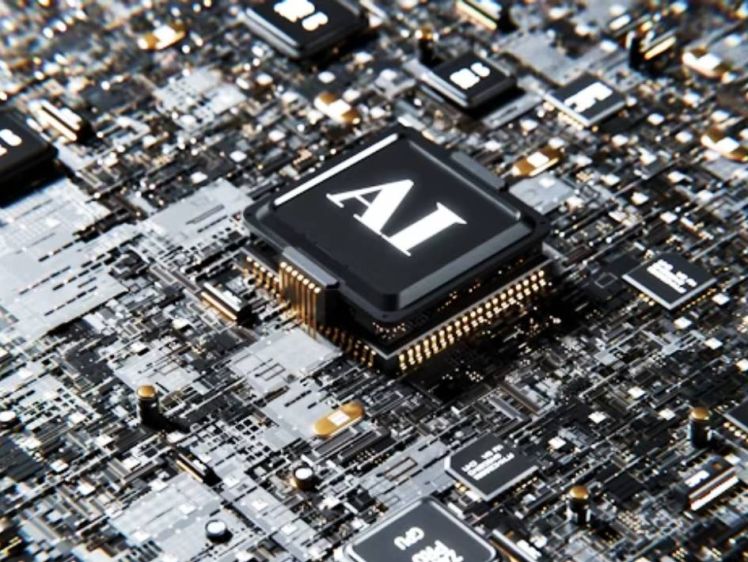AI and Cybersecurity: Battling Threats with Intelligent Solutions
In an era where cyber threats are becoming increasingly sophisticated, the integration of Artificial Intelligence (AI) into cybersecurity practices has become a game-changer. AI offers the ability to detect, prevent, and respond to cyber threats with unprecedented speed and accuracy. This guide explores the intersection of AI and cybersecurity, detailing the role of AI in fortifying digital defenses against evolving threats.
Understanding the Cybersecurity Landscape:
1. Rise of Cyber Threats:
Cyber threats, ranging from malware and ransomware to phishing attacks, have become more advanced and targeted. Traditional cybersecurity measures struggle to keep pace with the dynamic threat landscape.2. Need for Advanced Solutions:
To combat sophisticated threats, organizations need advanced solutions capable of adapting to new attack vectors and identifying patterns indicative of malicious activity.The Role of AI in Cybersecurity:
1. Threat Detection and Prevention:
AI algorithms analyze vast amounts of data to identify patterns and anomalies that may indicate a cyber threat. Machine learning models can detect and prevent attacks in real time, reducing the window of vulnerability.2. Behavioral Analysis:
AI excels at behavioral analysis, learning the normal patterns of users and systems. Deviations from established behavior can trigger alerts, indicating potential security incidents.3. Predictive Analysis:
AI leverages predictive analysis to anticipate potential threats based on historical data and emerging trends. This proactive approach allows organizations to implement preventive measures before an attack occurs.4. Automated Response:
AI enables automated response mechanisms, allowing for swift and precise actions in the face of security incidents. This can include isolating compromised systems, blocking malicious traffic, or initiating incident response procedures.5. User and Entity Behavior Analytics (UEBA):
UEBA, powered by AI, focuses on monitoring and analyzing the behavior of users and entities within a network. It helps identify insider threats and unauthorized activities by correlating behavioral patterns.6. Enhanced Phishing Detection:
AI-based solutions enhance phishing detection by analyzing email content, sender behavior, and other contextual information. This aids in identifying and blocking phishing attempts more effectively.Implementing AI in Cybersecurity:
1. Data Collection and Analysis:
Gather diverse and comprehensive datasets for training AI models. This includes network traffic, user behavior, system logs, and threat intelligence.2. Machine Learning Algorithms:
Employ machine learning algorithms for training models to recognize patterns associated with normal and malicious behavior. Continuously update models to adapt to evolving threats.3. Collaboration with Threat Intelligence:
Integrate AI-powered cybersecurity solutions with threat intelligence feeds to stay informed about emerging threats and vulnerabilities.4. Endpoint Protection:
Implement AI-driven endpoint protection solutions that detect and block malicious activities at the device level, safeguarding against a variety of threats.5. Network Security Monitoring:
Use AI for real-time network security monitoring, identifying anomalies and potential security incidents across the entire network infrastructure.6. Incident Response Automation:
Develop automated incident response workflows that leverage AI to analyze, prioritize, and respond to security incidents promptly.Challenges and Considerations:
1. Adversarial Attacks:
Adversarial attacks attempt to manipulate AI models by introducing subtle changes to input data. Cybersecurity AI systems must be robust against such attacks.2. Ethical and Privacy Concerns:
Balancing the benefits of AI in cybersecurity with ethical and privacy considerations is crucial. Transparency in AI decision-making processes is necessary to build trust.3. Integration with Existing Infrastructure:
Seamless integration of AI-driven cybersecurity solutions with existing infrastructure requires careful planning and consideration of compatibility issues.4. Continuous Training and Updating:
AI models need continuous training and updating to remain effective against emerging threats. Regularly feed them new data to adapt to the evolving threat landscape.The Future of AI in Cybersecurity
As the cyber threat landscape continues to evolve, the role of AI in cybersecurity will become even more pivotal. Future advancements may include the integration of AI with other technologies such as Blockchain for enhanced security, the use of AI in deception techniques to mislead attackers, and the development of AI-driven autonomous response systems. The synergy between human expertise and AI capabilities will be critical in creating resilient cybersecurity postures that can withstand the challenges of tomorrow.
In conclusion, AI is a powerful ally in the ongoing battle against cyber threats. By leveraging the capabilities of AI for threat detection, response, and prediction, organizations can fortify their defenses and stay one step ahead of adversaries in the ever-changing landscape of cybersecurity.



